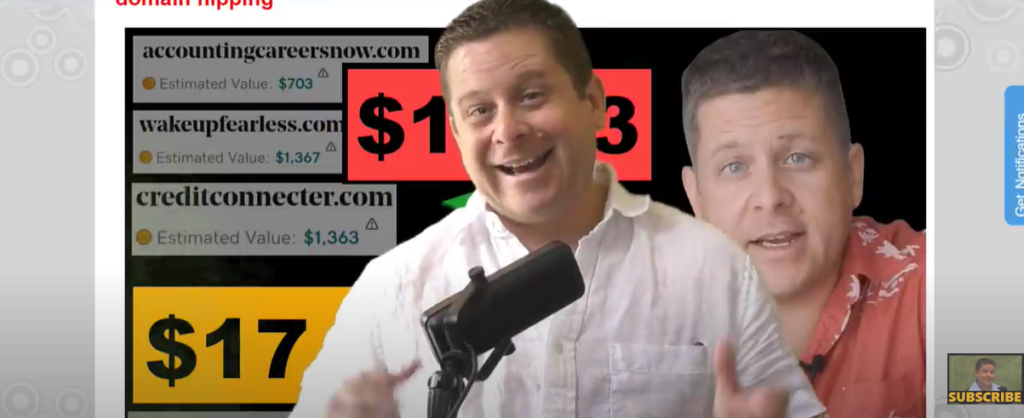Ever wondered how some folks seem to make a killing buying and selling domain names? Well, buckle up, because I’m about to spill the beans on how I turned a measly $17 investment into a cool $1190 in less than two weeks. And that’s just the tip of the iceberg.
Let’s dive into the world of domain flipping, where a keen eye and a bit of hustle can lead to some serious profits. Take, for instance, the time I snagged a domain for just $15 and flipped it for a whopping $5000. Or how about the $8 gem that netted me $6500 less than two months later? Yeah, you read that right.

Now, I know what you’re thinking. “Is this some get-rich-quick scheme?” Far from it. Domain flipping is a real business that requires strategy, research, and sometimes a bit of patience. But if you’re willing to put in the work, the payoff can be substantial.
So, how do you get started? First things first, you need to know how to spot a good domain. It’s not just about catchy names (though that helps). You’ve got to consider factors like SEO value and the potential market for the domain.
When I’m on the hunt for domains, I use tools like Spamzilla, ExpiredDomains.net, and Just Dropped. These help me find expired domains that might have some juice left in them. But here’s the kicker – it’s not just about finding any old expired domain. You want ones with solid backlink profiles, decent traffic, or at least a history of ranking well.
Take “nerdgettingfit.com” for example. I snagged this one at auction, and it came with a treasure trove of rankings and backlinks. The domain itself was probably worth about $300 at the time, but the potential? Off the charts.
Now, let’s talk pricing. This is where a lot of newbies trip up. They either undervalue their domains or get starry-eyed and overprice them. My approach? I use a combination of tools like GoDaddy’s domain appraisal tool and Estibot, but I also trust my gut. If a domain has relevant backlinks and a history of good rankings, I’m more likely to value it higher.
But here’s a pro tip: don’t just rely on automated tools. Look at comparable sales, consider the potential market, and always, always do your due diligence. Is the domain trademarked? Has it been used for spam in the past? These are crucial questions you need to answer before pulling the trigger.
Once you’ve got your domains, it’s time to sell. You can list them on auction sites like GoDaddy, Sedo, or Afternic. But if you really want to maximize your profits, you’ve got to get creative. Reach out to businesses that might benefit from the domain. Create a simple landing page showcasing its value. Heck, I’ve even had success offering “free” domains to businesses in exchange for them signing up for web hosting (through my affiliate link, of course).
Now, I won’t sugarcoat it – domain flipping isn’t a guaranteed path to riches. Like any business, there’s risk involved. You might buy a domain you think is gold, only to struggle to sell it. But that’s where diversification comes in. Don’t put all your eggs in one basket. Buy a mix of domains at different price points and in different niches.
And here’s a little secret: sometimes the domains that seem like duds can surprise you. I once had a political domain I was about to let expire. On a whim, I decided to list it for sale. Lo and behold, it sold for $25,000. The moral of the story? Don’t give up too easily, but also know when to cut your losses.
As you dive deeper into the world of domain flipping, you’ll develop an instinct for what works and what doesn’t. You’ll learn to spot trends, anticipate demand, and maybe even predict the next big thing. It’s a constantly evolving game, but that’s what makes it exciting.
So, are you ready to give domain flipping a shot? Remember, start small, do your research, and don’t be afraid to take calculated risks. Who knows? Your next $10 domain purchase could turn into your next big payday. Happy flipping!




